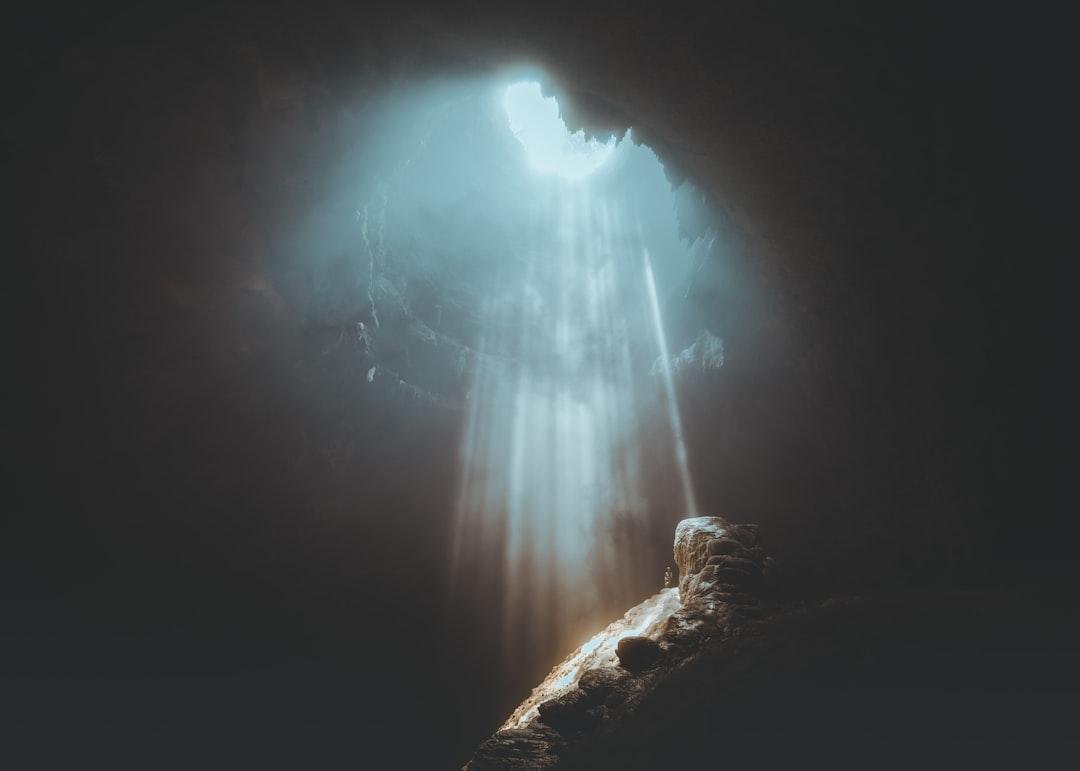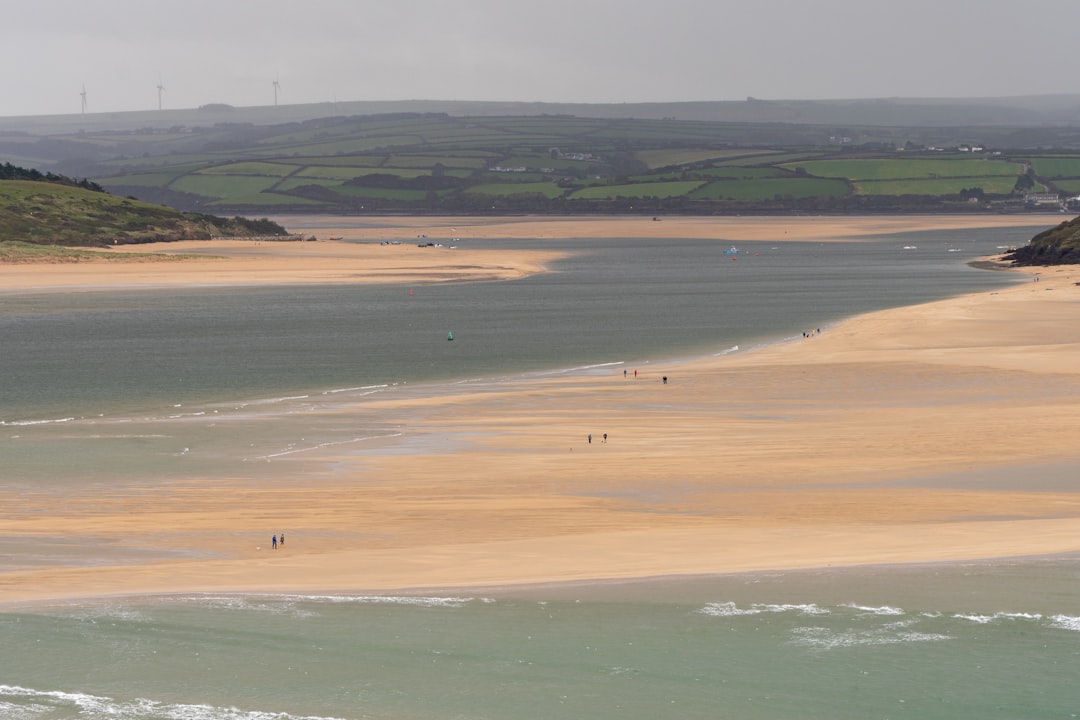What is it about?
Hares fed over on 60 species of plant with a conspicuous presence of herbaceous ones. In spring, diet composition was characterised by a high percentage o f Graminaceae. In the other seasons, particularly in autumn, hares also included tree fruits.
Featured Image
Why is it important?
The knowledge of these aspects is useful to develop management plans not only for hare population but also for the landscape itself. Semi-natural landscape, often featuring a mosaic of low-intensity agriculture and of natural and structural elements (e.g., field margins, hedgerows, patches of woodland or scrub, stone walls), should be protected, as it plays an important ecological role in protecting plant and animal species of conservation concern
Perspectives
Writing this article was a great pleasure as it has co-authors with whom I have had long standing collaborations.
Pierangelo Freschi
Universita degli Studi della Basilicata
Read the Original
This page is a summary of: Diet of the Italian hare (Lepus corsicanus) in a semi-natural landscape of southern Italy, Mammalia, January 2014, De Gruyter,
DOI: 10.1515/mammalia-2013-0117.
You can read the full text:
Contributors
The following have contributed to this page










